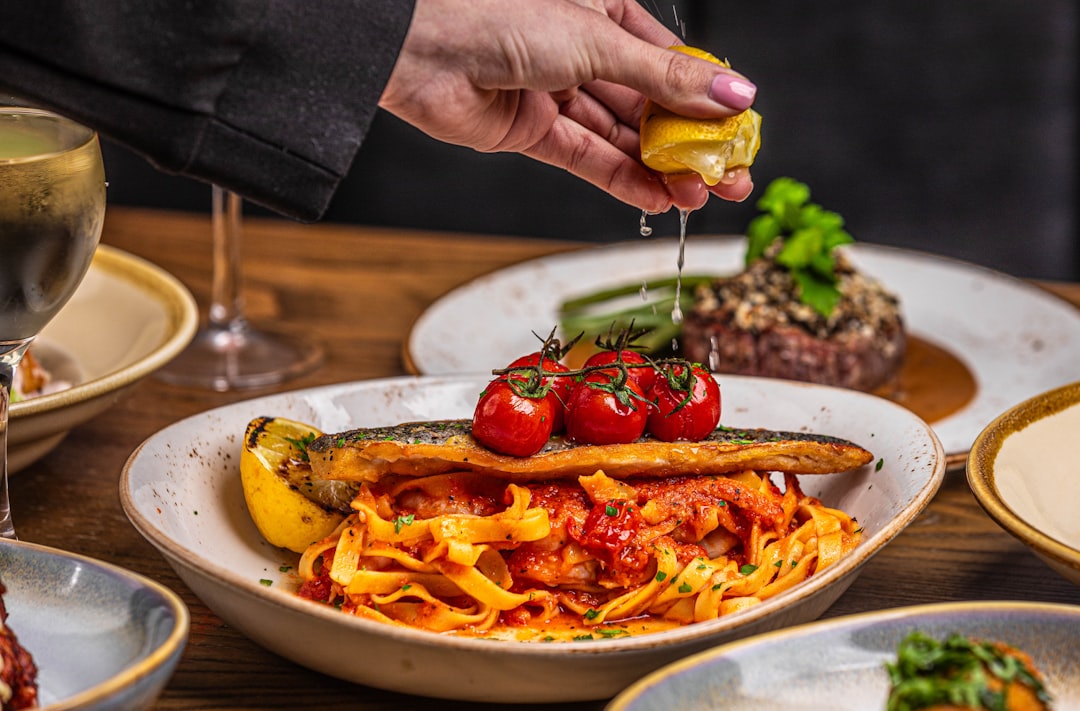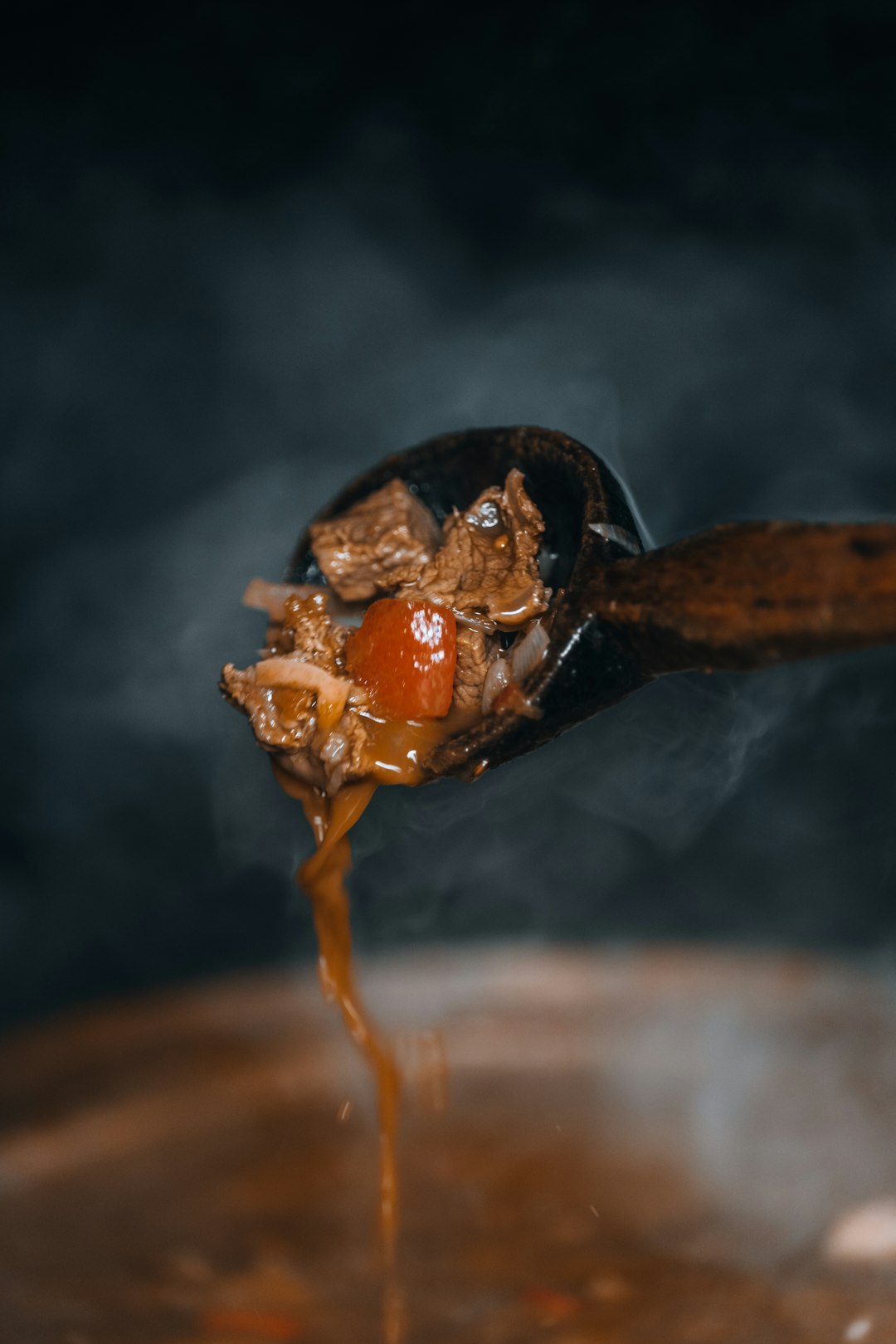
Avoid Common Mistakes in Pasta and Sauce Pairing
Introduction to Pasta and Sauce Pairing
Overview of why proper pairing enhances flavor and texture in Italian cuisine.
When it comes to classic Italian pasta sauces, it's essential to understand their origins and how they should be prepared. Take Bolognese, for instance. It's a meat-based sauce that originated in Bologna, Italy. Traditionally, it involves slow-cooking ground beef or pork with onions, carrots, celery, tomato paste, and a splash of wine. This isn't just a quick mix-and-go sauce. It requires patience and time to develop the rich, deep flavors it's known for. A common mistake is rushing the cooking process, which leaves the sauce tasting flat.
Key Points about Bolognese and Cacio e Pepe
- Bolognese requires slow cooking to achieve deep flavors.
- Cacio e Pepe relies on the proper emulsion of cheese and pasta water.
- Both sauces highlight the importance of technique over complexity.
On the other hand, Cacio e Pepe is a sauce that celebrates simplicity. Just pecorino cheese and black pepper, that's it. But don't underestimate it. The challenge lies in creating a creamy sauce without clumps. Many people end up with a sticky mess because they add the cheese to the hot pasta too quickly. The trick is to combine the cheese and pasta water to create an emulsion before tossing it with the pasta.
These sauces matter because they embody Italian culinary tradition. They teach us the importance of technique over complexity. Learn more about Gourmet Pasta Sauce Recipes and PairingsHere . If you don't get them right, you miss out on the authentic taste that has stood the test of time. So, whether you're a home cook or an aspiring chef, mastering these sauces can elevate your pasta game significantly. To really understand gourmet pasta sauce pairings and recipes can explore the full explanation provided.. Remember, it's about respecting the ingredients and the process. No shortcuts.
